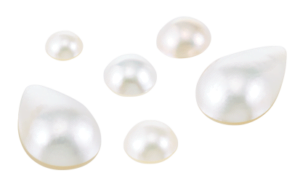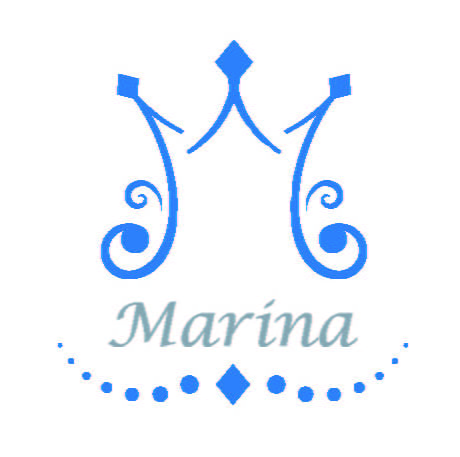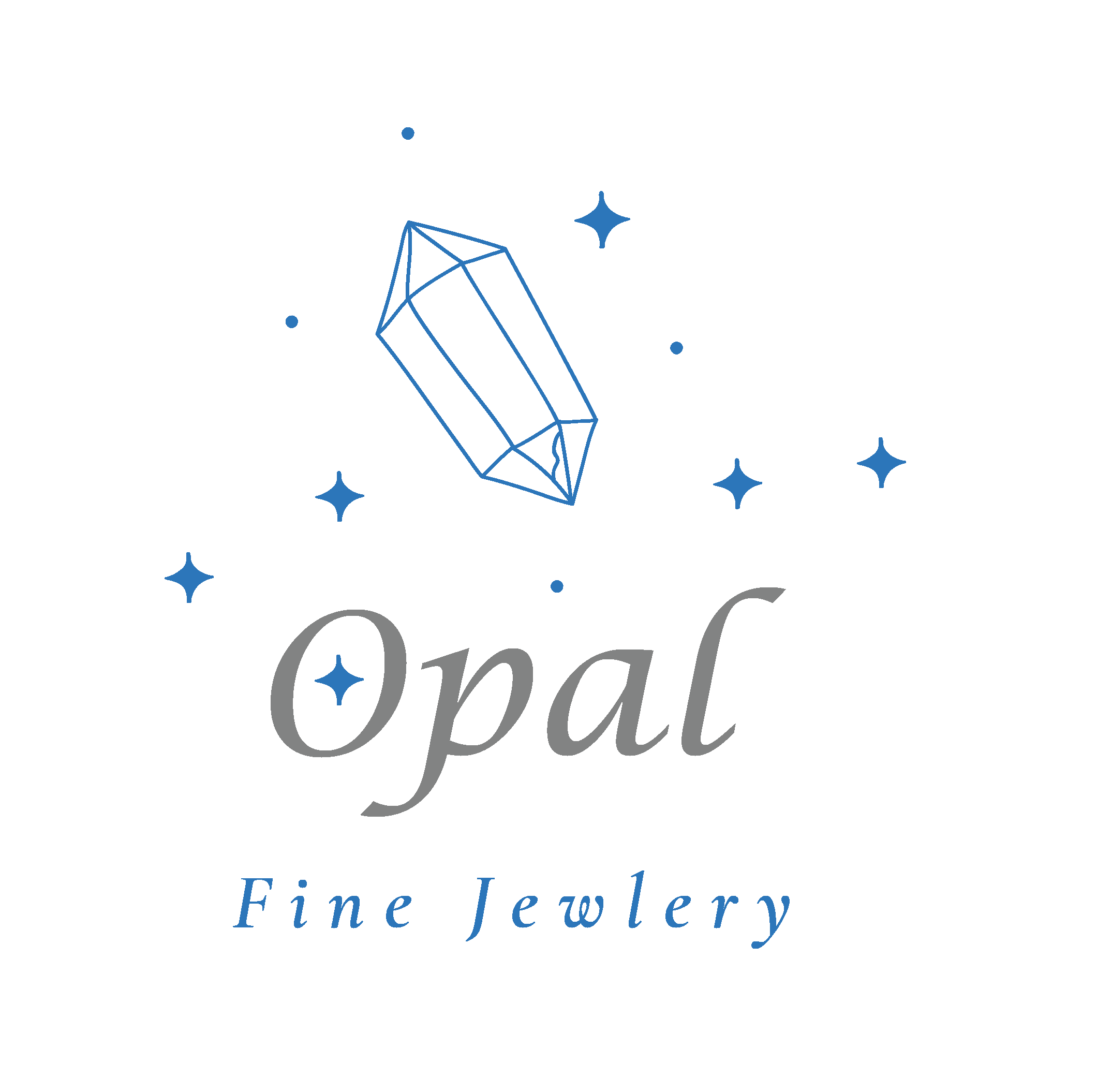Pearl education by Sophy Geneva
Symbols of wealth and power
Many thousands of years ago, long before written history, human beings probably discovered the first pearl while searching the seashore for food. Throughout history, the pearl, with its warm inner glow and shimmering iridescence, has been one of the most highly prized and sought-after gems. Countless references to the pearl can be found in the religions and mythology of cultures from the earliest times. The ancient Egyptians prized pearls so much they were buried with them. Cleopatra reportedly dissolved a single pearl in a glass of wine and drank it, simply to win a wager with Mark Antony that she could consume the wealth of an entire nation in just one meal.
In ancient Rome, pearls were considered the ultimate symbol of wealth and social standing. The Greeks held the pearl in high esteem for both its unrivaled beauty and its association with love and marriage. During the Dark Ages, while fair maidens of nobility cherished delicate pearl necklaces, gallant knights often wore pearls into battle. They believed the magic of these lustrous gems would protect them from harm. The Renaissance saw the royal courts of Europe awash in pearls. Because pearls were so highly regarded, a number of European countries actually passed laws forbidding anyone but the nobility to wear them.
But today, with the advent of pearl cultivation, pearls are available and affordable to all and at Sophy Geneva we offer you a wide rang of pearls in many beautiful designs.
Natural Pearls Vs. Cultured Pearls
Natural Pearls: Natural pearls form in the bodies, or mantle tissue, of certain mollusks, usually around a microscopic irritant, and always without human help of any kind.
Cultured Pearls: The growth of cultured pearls requires human intervention and care. Today, most of the mollusks used in the culturing process are raised specifically for that purpose, although some wild mollusks are still collected and used.
Akoya Pearls
Akoya Pearls harvested from Akoya oyster cultivated in the seas of Mie, Ehime, Kumamoto and Nagasaki in Japan have a deep gloss with a regular texture as they are affected by the varying seasonal sea temperatures in Japan.
Compared to other cultivated pearls, most of these pearls are almost perfectly round and range in size from 2mm – 10mm.
Recent years have produced few small pearls or large pearls over 10mm, making them extremely rare.
Sophy Geneva Pearls Collection the Marina C, selects Akoya Pearls carefully and uses them with the highest quality.
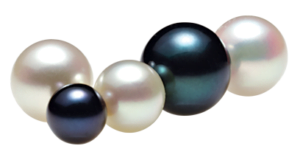
South Sea Cultured Pearls
Australia, Indonesia, and the Philippines are leading sources of these saltwater cultured pearls. South Sea cultured pearls can be white to silver or golden, depending on the type of oyster. Their large size and thick nacre, due to a long growth period, plus their limited critical growing conditions are all factors contributing to their value.
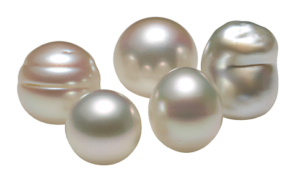
Tahitian Cultured Pearls
Cultivated primarily around the islands of French Polynesia (the most familiar of these is Tahiti). These saltwater cultured pearls, sometimes referred to as black pearls, have a wide color range. They might be gray, black or brown, and they can have blue, green, purple or pink overtones.
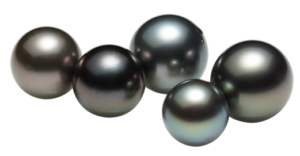
Freshwater Cultured Pearls
Freshwater cultured pearls are the most commonly produced pearls and they are one of the most popular pearl types among shoppers and jewelry designers. This is due to their remarkable range of sizes, shapes and colors, plus their commercial availability at lower price points. They are usually cultured in freshwater lakes and ponds, often with many pearls grown in one oyster. China is the leading source for freshwater cultured pearls.
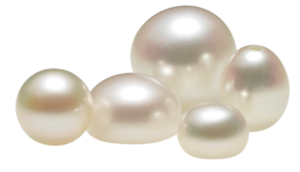
Mabé Pearls, also known as blister pearls, are half-pearls that have been grown flush against the inside of a pearl-bearing mollusk shell. They can be grown in Akoya, South Sea, Tahitian and Freshwater mollusks, however the most popular varieties to use are the Ptera sterna, Ptera penguin and Pinctada maxima mollusks.
Additionally, recent advances in culturing technology have presented us with the advent of cultured abalone mabé pearls, which are intensely colorful and highly sought after! Below is a collection of lustrous mabé pearls in traditional shapes and sizes. Mabé pearls can be grown in almost any shape, however rounds, ovals and drop-shapes are the most popular.
